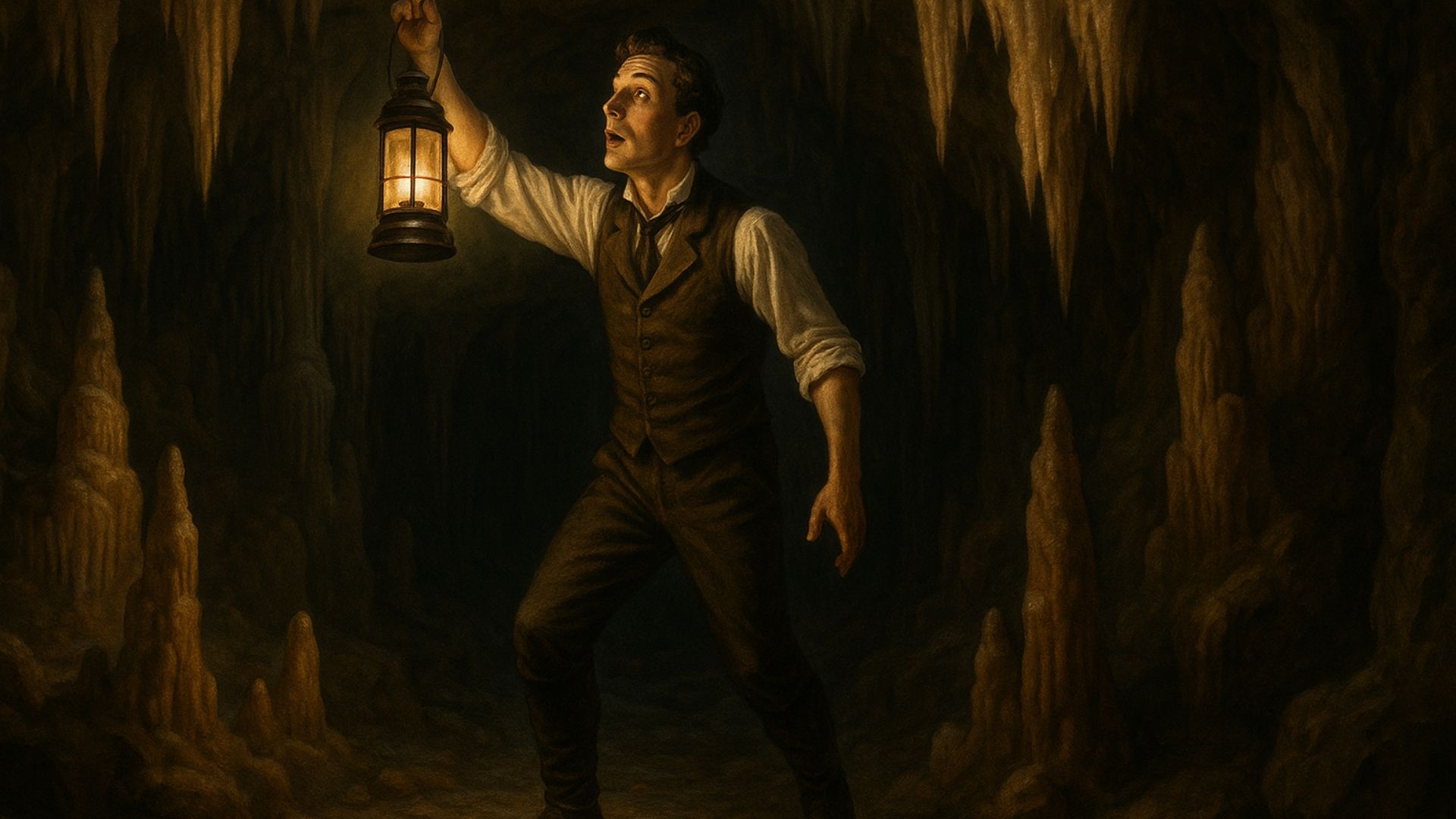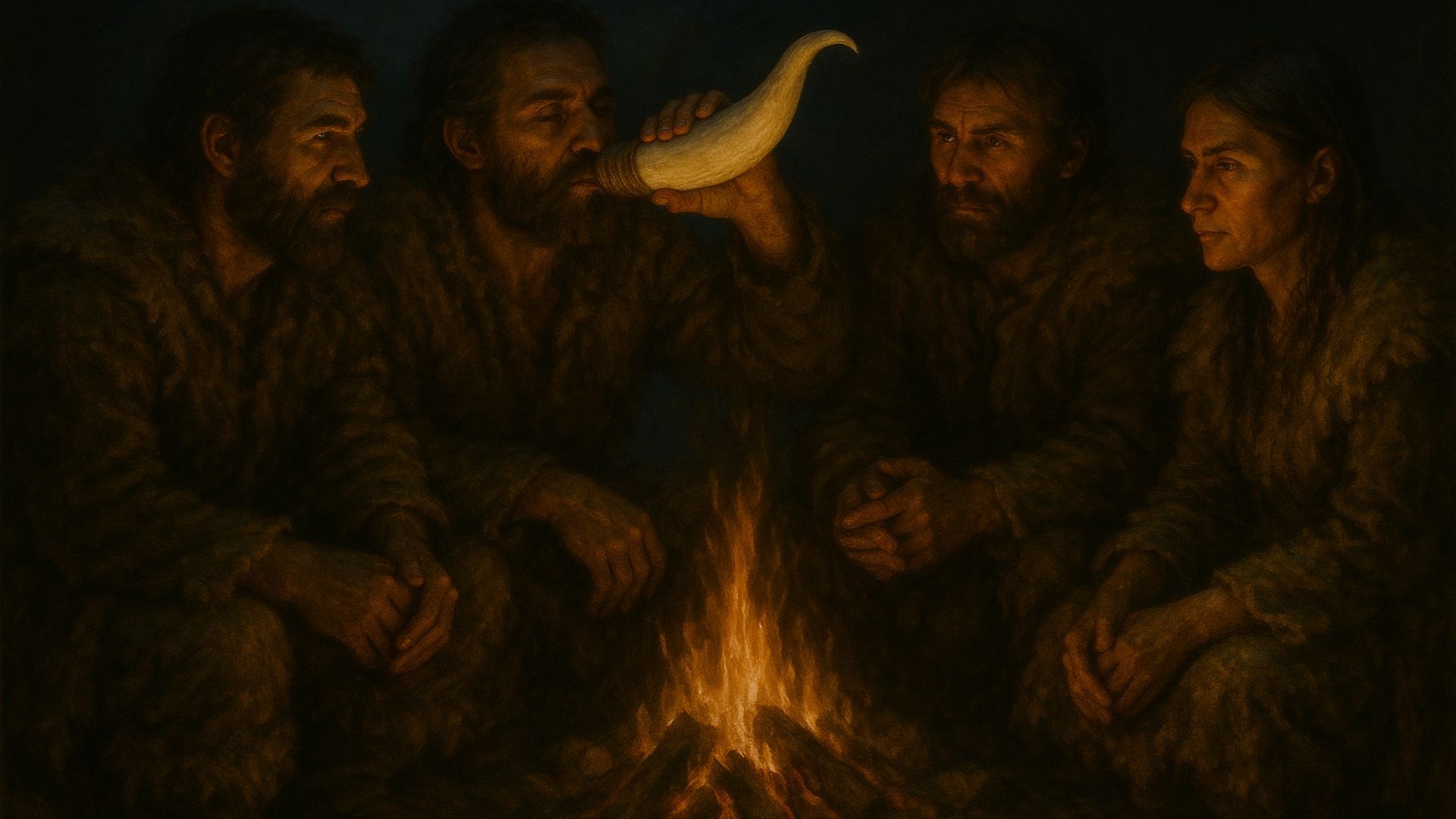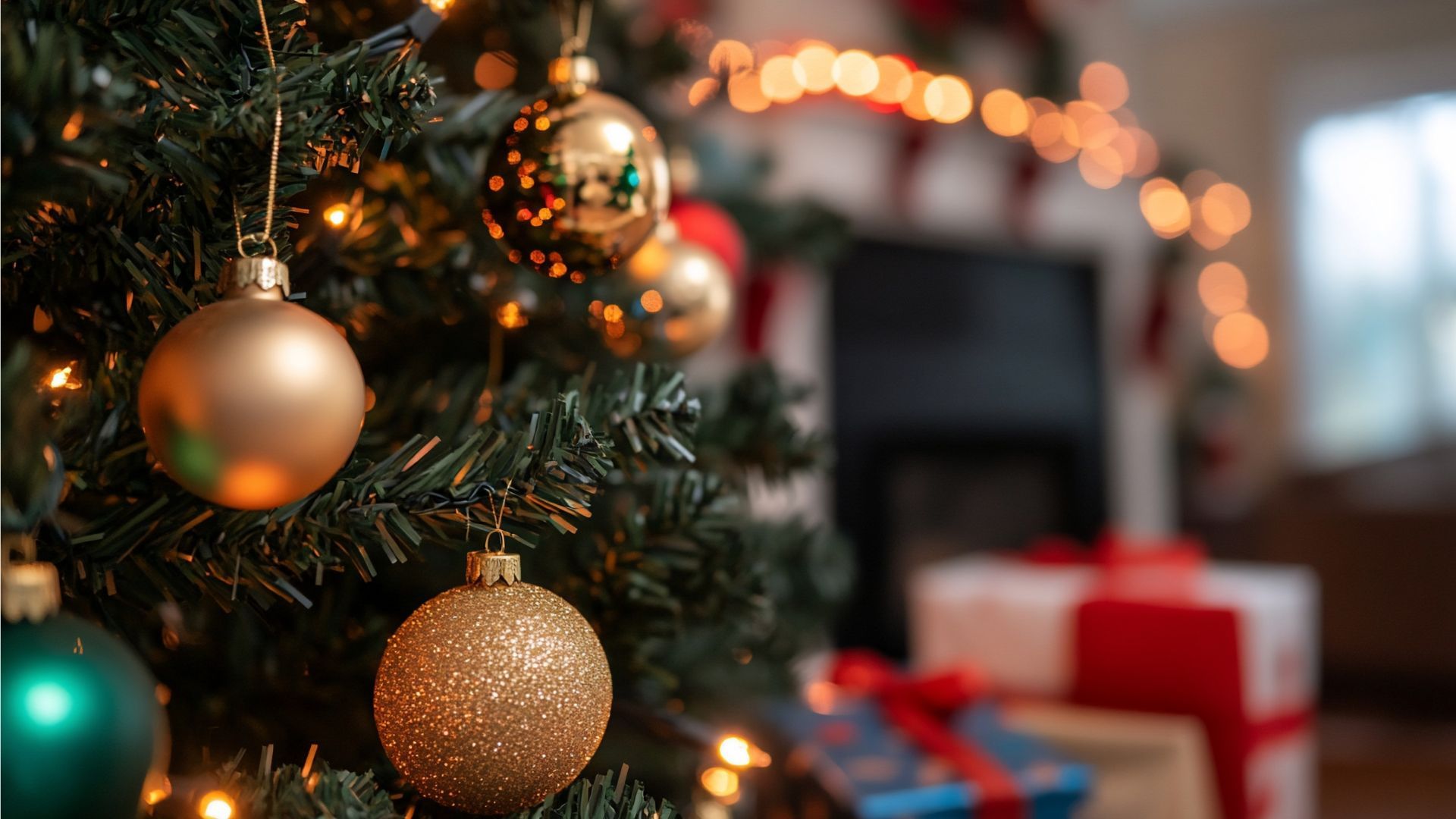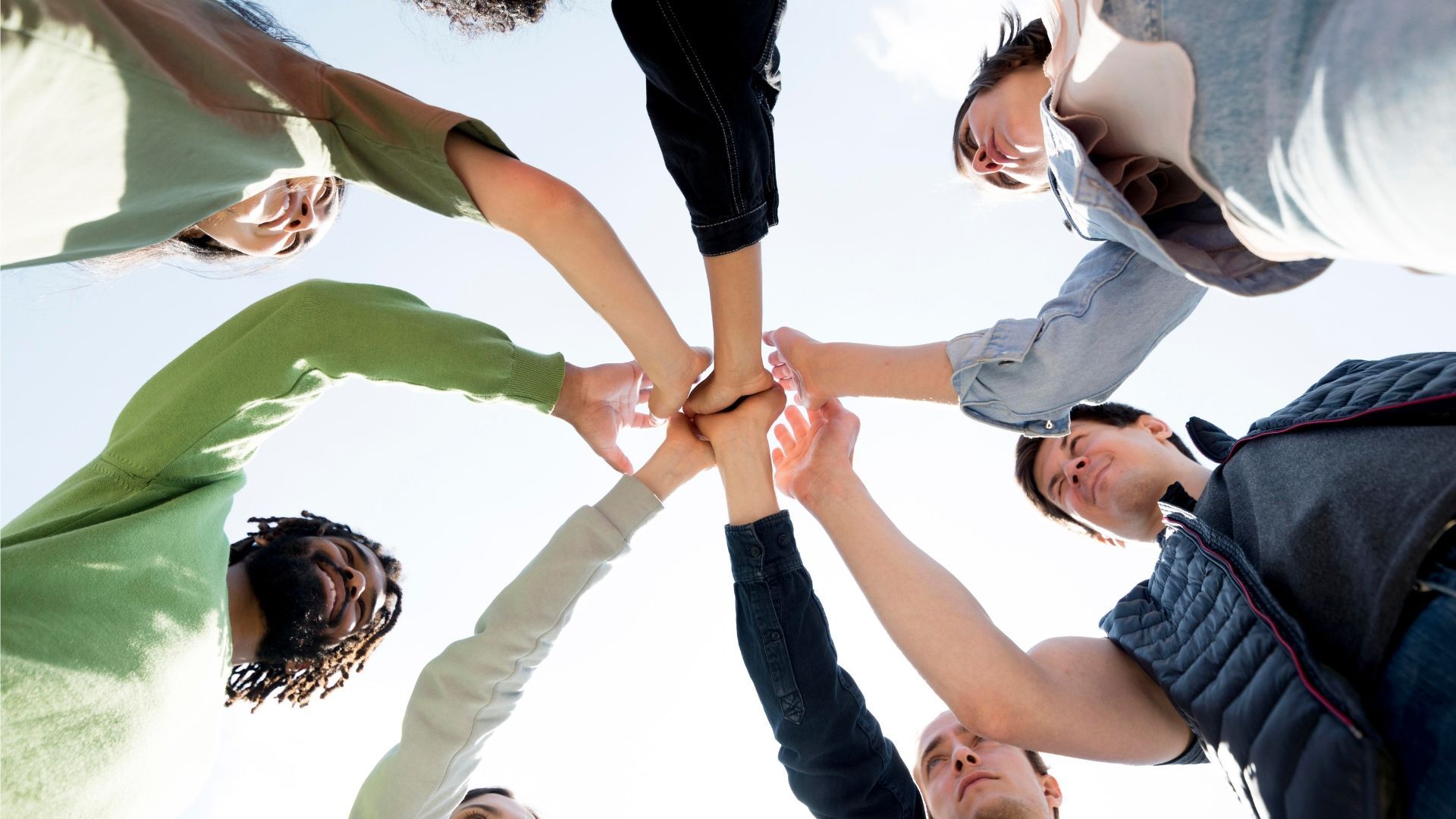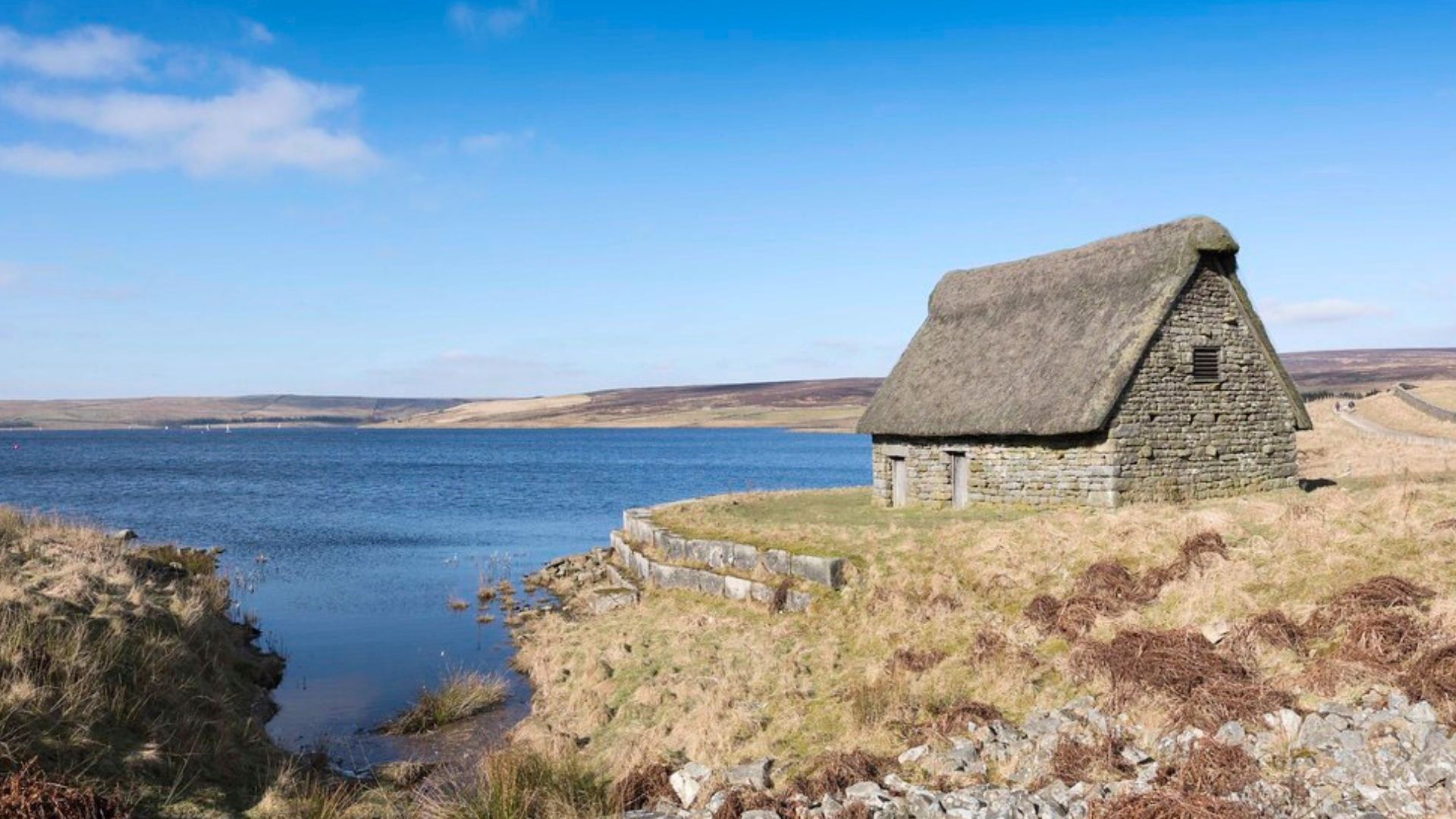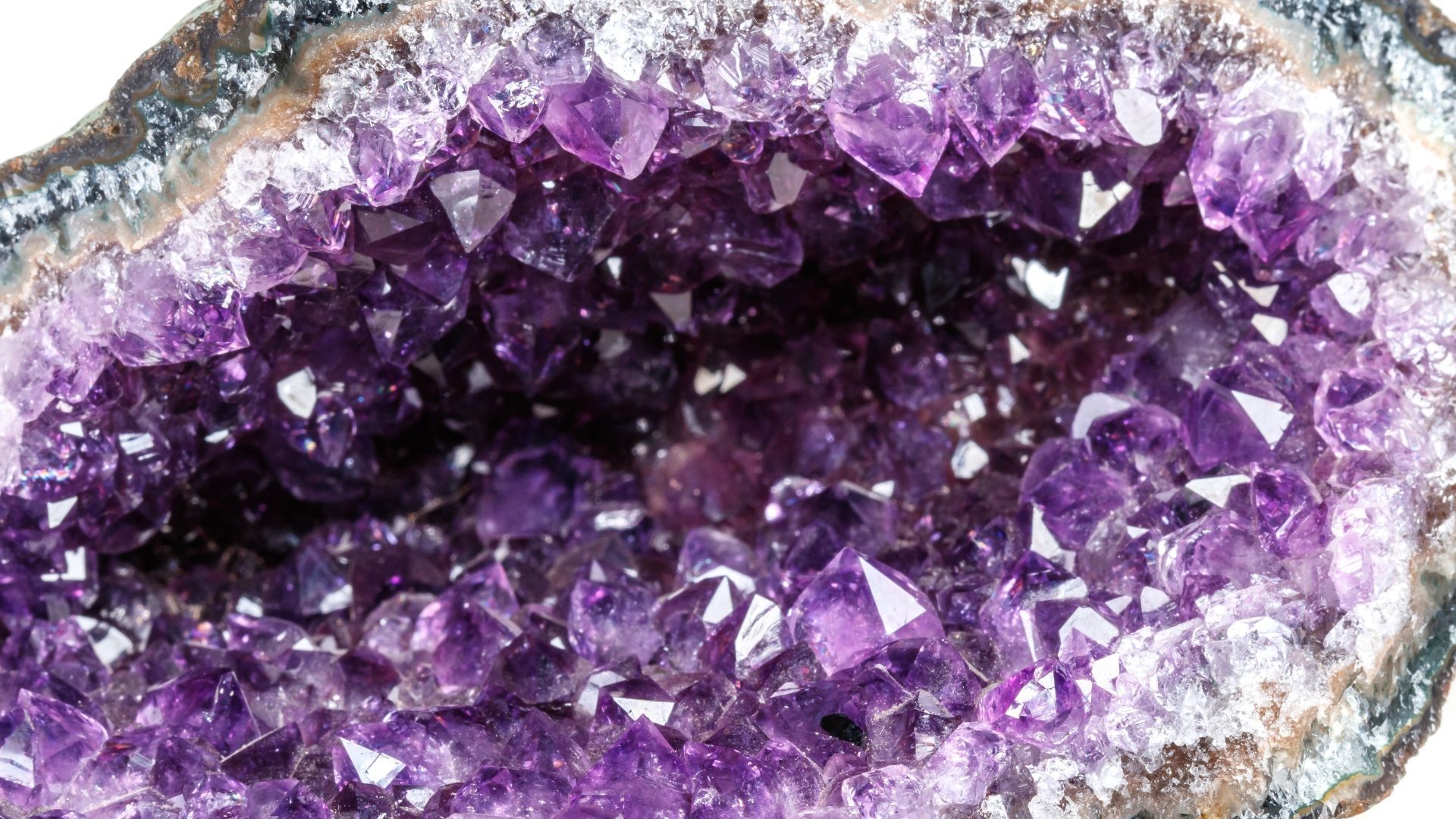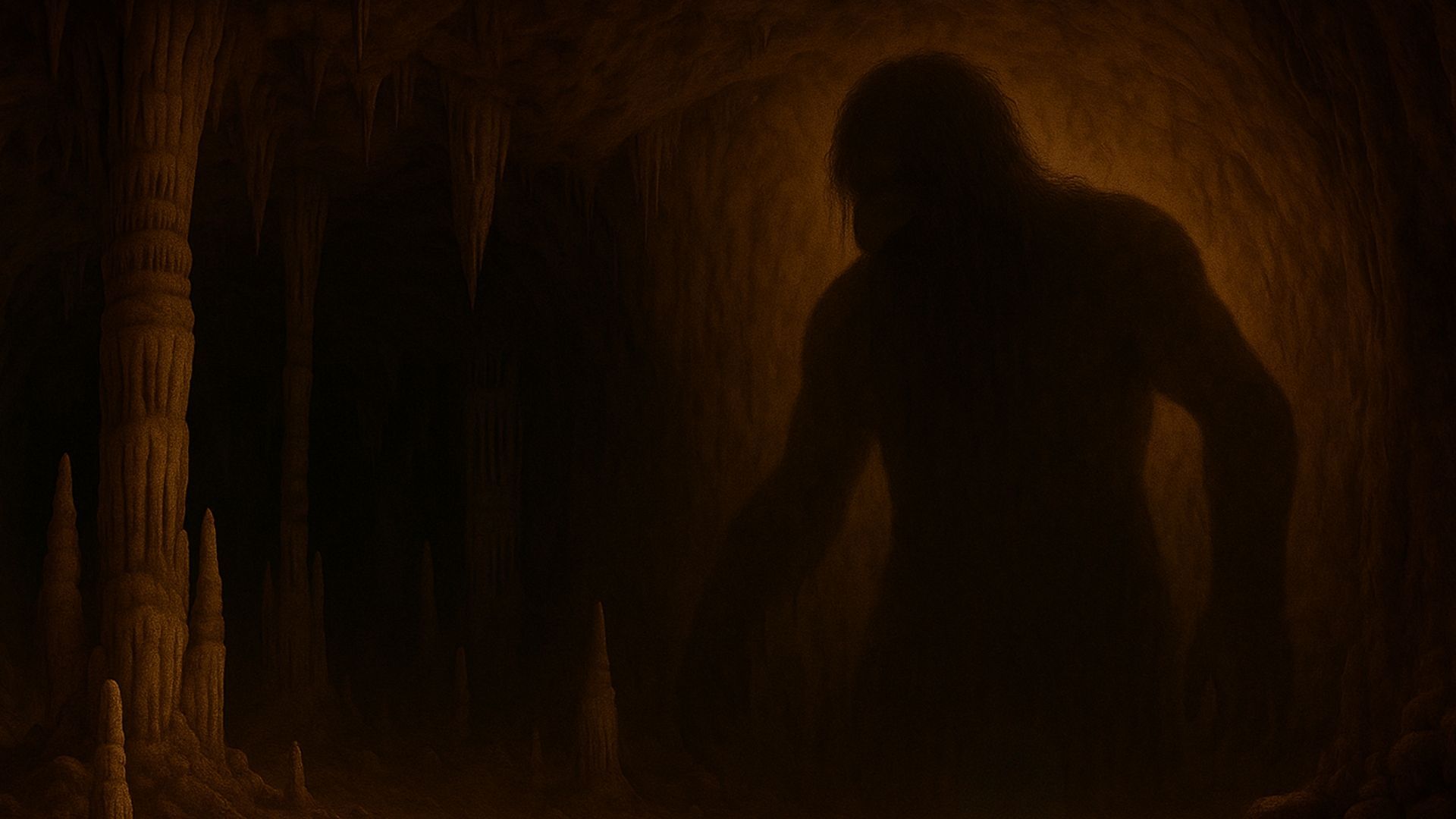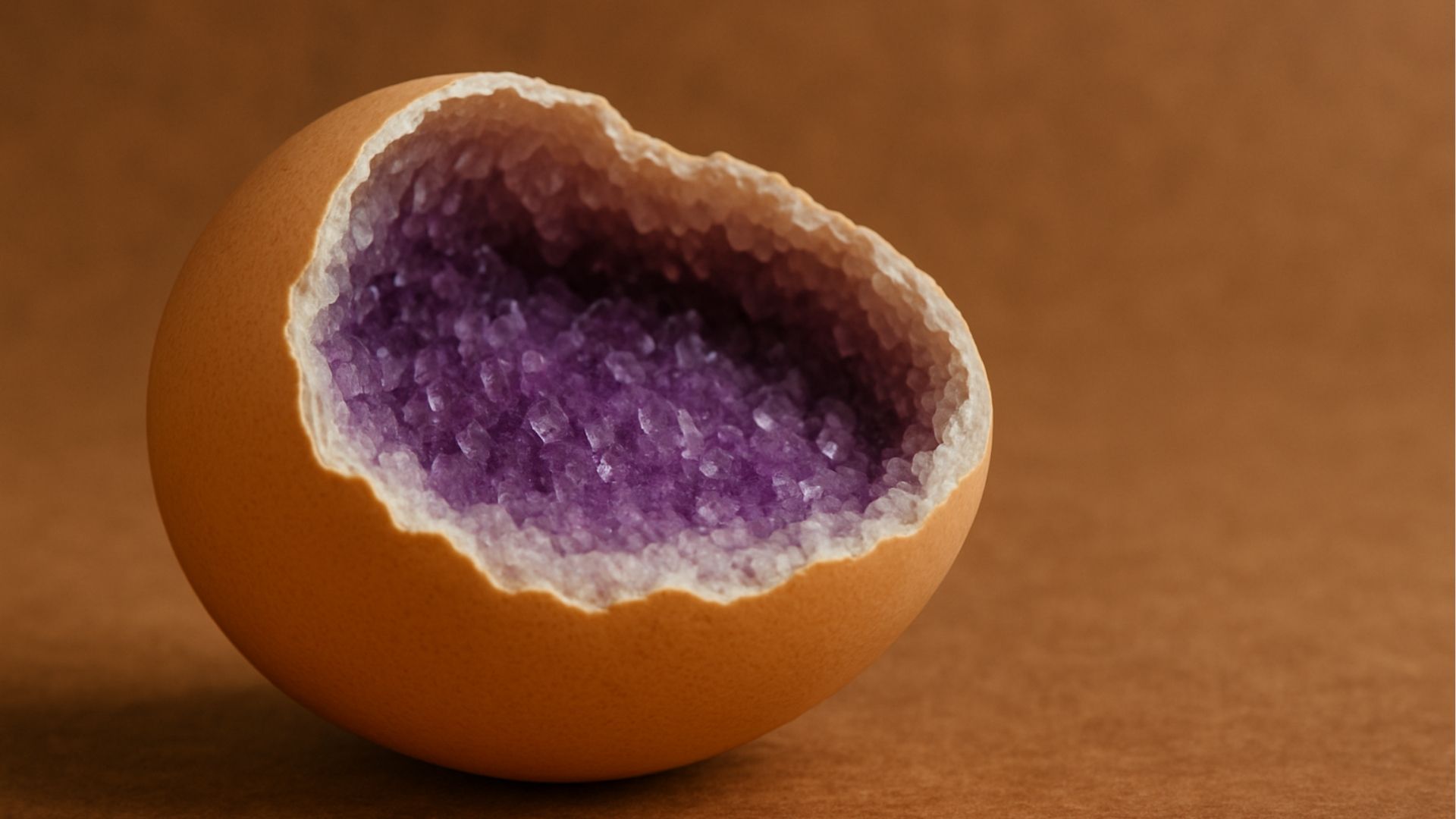Sharks have been around for 400 million years. Discover 5 cool features of these oceanic troopers.

Here at Stump Cross Caverns, we love to educate as well as entertain. That's why this summer sees us celebrate the Golden Age of Sharks.
What have sharks got to with caves, you might ask? The answer is that the Golden Age of Sharks coincided with the creation of our limestone caverns. Both took place in the Carboniferous Period.
This was a prehistoric period that began 359 million years ago and lasted 60 million years. And you thought the Renaissance lasted a long time…
Today, there are more than 500 shark species in the world's oceans. They're all weird and wonderful – but perhaps a little more weird and wonderful than you think.
It's not just the heads shaped like hammers, gaping mouths and other bizarreries. Shark anatomy is just as fascinating – and surprisingly consistent, given the fact that they've been knocking around for 400 million years.
Want to find out five fascinating anatomical features of nature's fiercest fish? Get your wetsuit on – we're going for a dive.
Skeletons
What do sharks and jellyfish have in common?
Neither of them have bones.
This is because sharks are elasmobranchs: a type of fish with a skeleton made out of cartilage rather than bone.
Cartilage is tough but light. Combined with the low-density oils in their livers, cartilage skeletons keep sharks swift, nimble and buoyant.
They're tough – but they need a bit of extra protection around the jaws, spine and brain. Sharks get this by extracting calcium from their prey and depositing it into the cartilage around those vulnerable body parts.
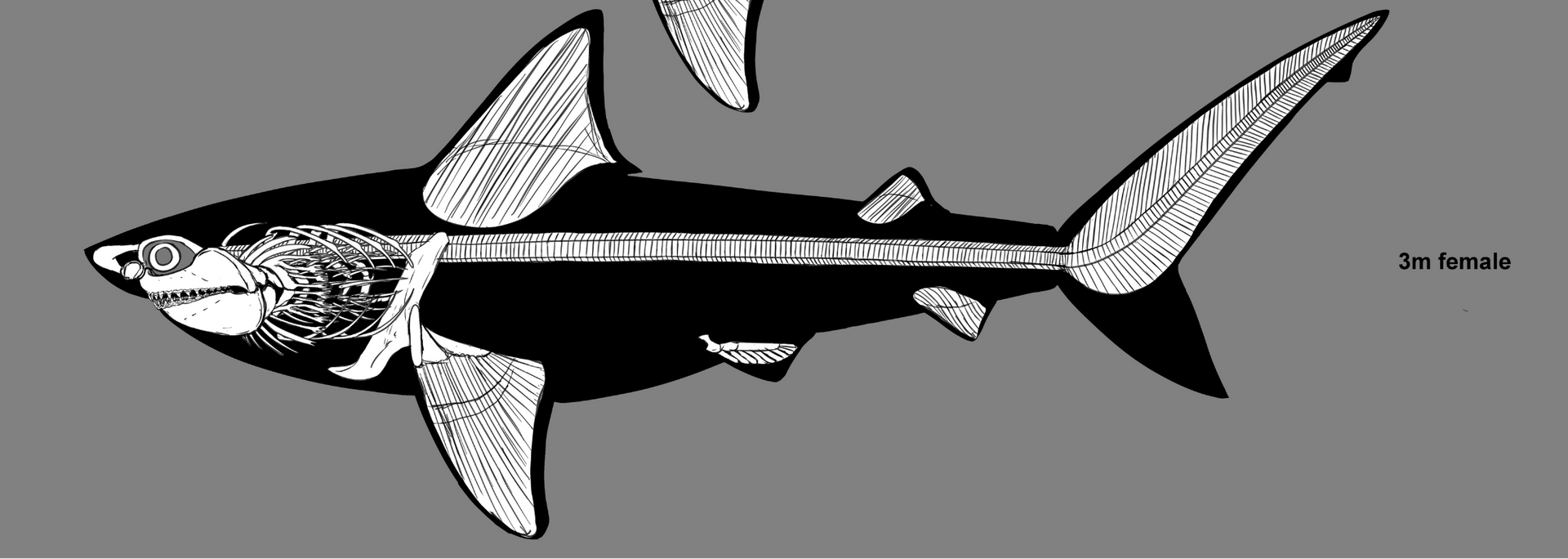
Cartilage is good for sharks but less handy for marine biologists. This is because cartilage doesn't fossilise well. Most of what we know about ancient sharks comes from the fossil records of their teeth – the only part of a shark's skeleton not made out of cartilage.
Dermal denticles
Are you a dentophobe, microphobe or both? Then it's probably best to skip to the next section.
Shark skin, you see, is covered in millions of tiny scales called "dermal denticles". These teensy teeth enable the shark to glide through the water, reducing friction and increasing efficiency. It also lets them move more quietly – useful when hunting prey!
These denticles give sharkskin a curious texture. When you rub it one way, it feels as smooth as silk – but rub it in the other direction and it feels just like sandpaper.
Denticle fossils do exist. Though not as prized as teeth, they're fascinating specimens that help scientists understand how ancient sharks lived and hunted.
Electroreceptors
Sharks are incredible navigators, able to swim long distances and catch unsuspecting prey. This is partly because of their electroreceptors: small black spots around their nose, eyes and mouth that sense electromagnetic fields and temperature changes.
These include the Earth's magnetic fields as well as smaller fields created by marine life. These sensors help sharks detect prey, even when it's hiding under the sand.
Take the hammerhead shark. Its movement, says marine conservation biologist
David Shiffman, is "like sweeping a metal detector across the sand".
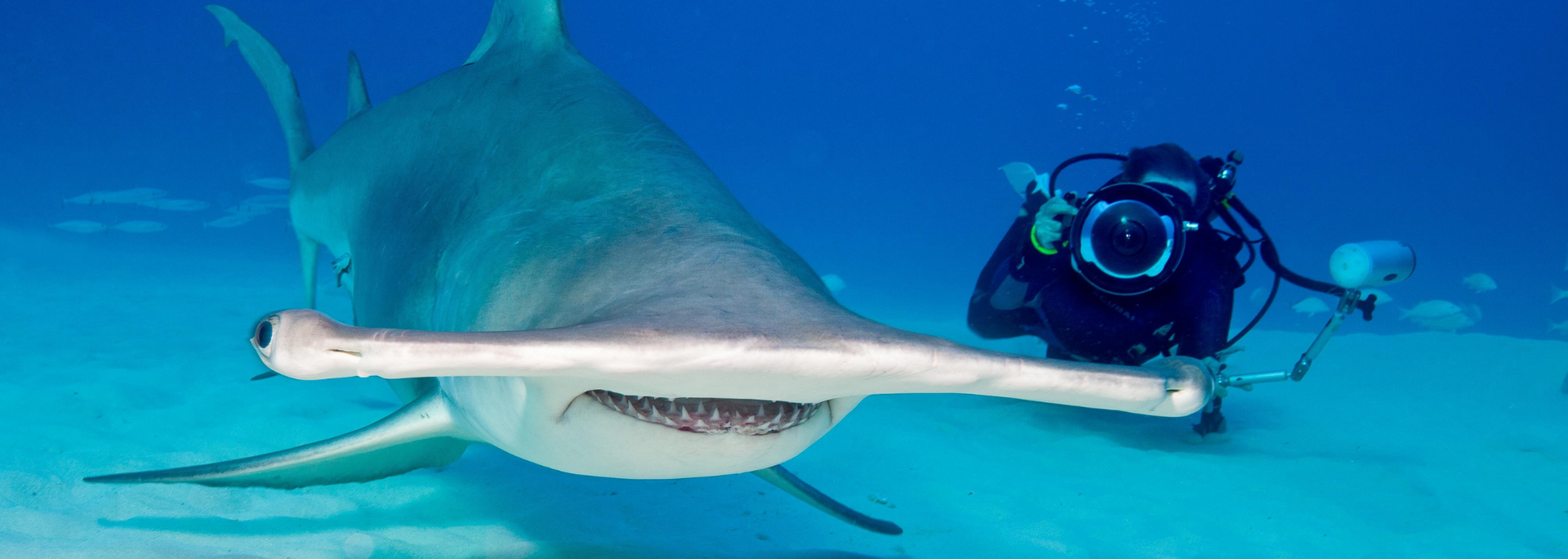
The scientific name for these electroreceptors is "ampullae of Lorenzini", named after the Italian scientist who discovered them.
The epigonal
A shark has two unique organs called "epigonals". These are positioned under the kidneys and produce immune cells not unlike human bone marrow.
Some scientists are exploring whether the epigonal can help fight cancer.
At the time of writing, there's no
evidence that shark cartilage works on humans. Some studies have shown, however, that it can inhibit the growth of blood vessels which, it's suggested, could slow down cancer.
Teeth
Let's face it: if you ask Jo Bloggs to describe a shark, she'll either mention fins or teeth. And with good reason –
shark teeth are truly amazing.
Each shark has many rows of teeth that are continually being replaced. The sandbar shark, to take one example, can have as many as 35,000 teeth in its lifetime. Compare that to humans, who have 20 teeth as babies and a new set of 32 as adults.
The types of teeth vary significantly between species – and they tell us a lot about shark diets. The mako shark, for instance, has pointy teeth, which are good for eating fish, whereas white sharks have jagged triangles suitable for chomping on larger prey.
Perhaps the craziest shark teeth belonged to the megalodon. Now extinct, the megalodon was one of the biggest, deadliest creatures ever to swim the seas.
The name
"megalodon" comes from the Greek "great tooth" – and the marine biologists who named it thus weren't messing around. A megalodon tooth can be the size of a banana and its mouth could swallow two adult humans whole.
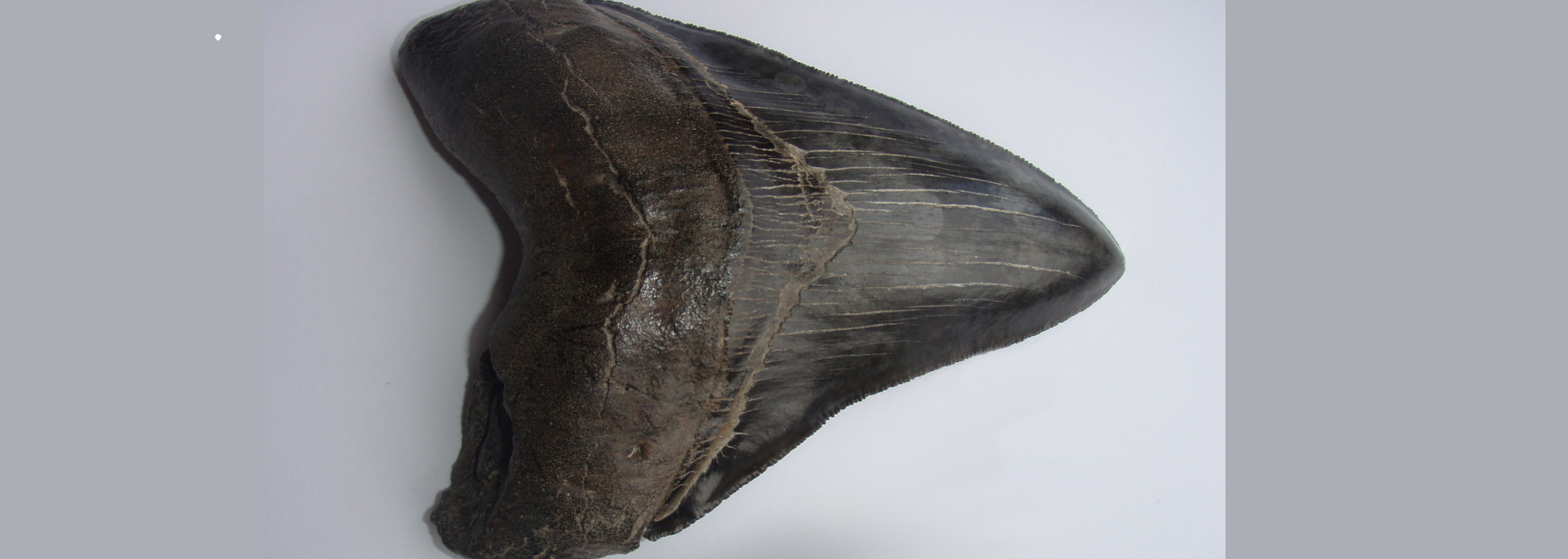
If you're visiting Stump Cross Caverns this summer, check out our megalodon tooth. It's one of our crown jewels and an amazing insight into our prehistoric past.
How have sharks changed over time?
How, then, did sharks manage to outlive dinosaurs and adapt to changing climates over 400 million years? The answer is "evolution".
Take shark teeth, for example. They used to have non-serrated teeth, which limited the prey they could eat. Over time, these evolved into triangles with serrations like a steak knife.
This is one anatomical feature that lets them take charge of the oceans.
The same goes for those dermal denticles that in conjunction with their caudal fins increase their efficiency at swimming.
What next for sharks?
Some people are scared of sharks – a not unreasonable fear. But marine biologists say that sharks should be scared of us.
This is both because of direct hunting and because of overfishing. This is having a damaging effect on marine ecosystems and food chains.
Like all predators, sharks help regulate the food chain. They may be scary, but we need them!
Are you looking for
indoor activities for kids in Yorkshire? Come to Stump Cross Caverns this summer and join the shark-infested fun. Keep an eye on our
calendar of events or
get in touch with our friendly team for more details.

